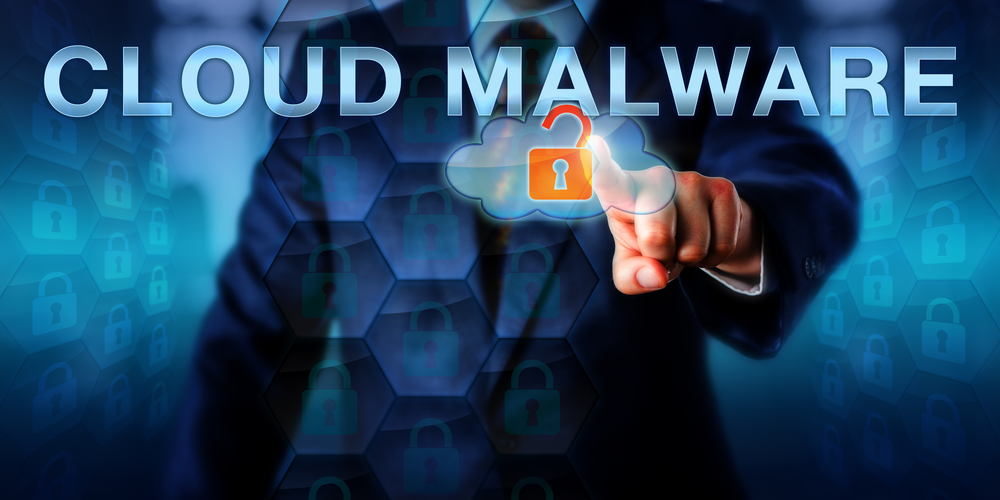The threat of malware is far bigger and more omnipresent than most people give it credit for. A recent study by Netskope revealed how more than one in ten enterprises use cloud-based solutions containing malware. There seems to be no escaping the malware threat in the corporate world, but it is not too late to take action yet.
Enterprise Cloud-based Solutions Are Not Perfect

More and more businesses are taking their software to the cloud. Not just because it reduced the need for deploying hardware on-site, but also due to scalability and accessibility on a wide variety of devices. But in the end, using the cloud means enterprises are giving up full control over their tools.
However, that is not the worrying part of this trend. What is more disconcerting is how over 10% of all cloud-based infrastructures are riddled with malware. Keeping in mind how this number sat at 4.1% in Q4 of 2015, something has changed for the worse. Most of the malware comes in the form of Javascript exploit, droppers, malicious document macros, spyware, and adware. It is important to note these types of malware will not just harm computers, but mobile devices as well.
File sharing applications seem to be the most fertile ground for spreading malware in the cloud. This type of software is very different from torrent clients most people think of, but rather enterprise-level collaborative tools. Infecting these types of software is difficult, as it would usually involve a connection through an infected device to begin with.
JavaScript exploits and droppers remain fan favorite among malware enthusiasts, though. A lot of systems run JavaScript these days, despite warnings by security experts to disable this particular tool whenever it is not needed. Flash is another one of those common sources of infection, in particular on the consumer level.
Although there is an argument to be made as to how only 4.3% of the report’s findings include mobile malware, this is a staggering number. Accessing sensitive corporate information through a mobile device should be avoided at all costs unless one can assure the device is completely malware-free.
Source: Ars Technica
If you liked this article follow us on Twitter @themerklenews and make sure to subscribe to our newsletter to receive the latest bitcoin and altcoin price analysis and the latest cryptocurrency news.

